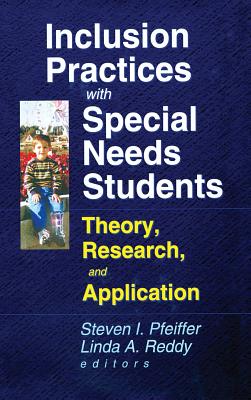Understanding Navient Loan Discharge: Your Comprehensive Guide to Student Loan Relief
### What is Navient Loan Discharge?Navient loan discharge refers to the process through which borrowers can have their student loans forgiven or canceled du……
### What is Navient Loan Discharge?
Navient loan discharge refers to the process through which borrowers can have their student loans forgiven or canceled due to specific circumstances. This can include situations such as total and permanent disability, death, or issues related to the borrower's school, like closure or misrepresentation. Understanding the nuances of Navient loan discharge is crucial for borrowers seeking relief from their student loan obligations.
### Why is Navient Loan Discharge Important?
For many borrowers, student loans can be a significant financial burden. Navient, one of the largest student loan servicers in the United States, manages a vast portfolio of federal and private student loans. The possibility of loan discharge can provide much-needed relief for those who qualify. This is especially vital for individuals facing financial hardships, health issues, or other life challenges that make loan repayment difficult or impossible.
### Types of Navient Loan Discharge
#### 1. Total and Permanent Disability Discharge
One of the most common forms of loan discharge is for borrowers who are totally and permanently disabled. This means that the borrower is unable to engage in any substantial gainful activity due to a physical or mental impairment. To qualify, borrowers must provide documentation from a qualified physician or the Social Security Administration.

#### 2. Death Discharge
In the unfortunate event of a borrower's death, federal student loans can be discharged. This process typically requires the submission of a death certificate to Navient, along with any required forms to initiate the discharge process.
#### 3. School Closure Discharge
If a borrower’s school closes while they are enrolled or shortly after they withdraw, they may be eligible for a discharge of their federal student loans. This is particularly relevant for students who attended schools that were later found to have engaged in fraudulent practices or misrepresentation.
#### 4. Borrower Defense to Repayment
This discharge is available for borrowers who were misled by their school or if the school violated certain laws. If a borrower can prove that they were defrauded or misled by their educational institution, they may be eligible for loan discharge.

### How to Apply for Navient Loan Discharge
Applying for a Navient loan discharge can seem daunting, but understanding the steps can simplify the process. Here’s a general guide:
1. **Gather Documentation**: Depending on the type of discharge, gather all necessary documents. This may include medical records, death certificates, or proof of school closure.
2. **Complete the Application**: Visit the Navient website or contact their customer service to obtain the appropriate application form for your type of discharge.
3. **Submit Your Application**: Send your completed application along with all supporting documents to Navient for review.
4. **Wait for a Decision**: After submission, Navient will review your application and notify you of their decision. This process can take several weeks or even months.

5. **Follow Up**: If you do not hear back within a reasonable time frame, it is advisable to follow up with Navient to check on the status of your application.
### Conclusion
Navigating the complexities of student loans can be overwhelming, especially when dealing with a servicer like Navient. Understanding the options available for Navient loan discharge is essential for borrowers seeking relief. Whether due to disability, death, school closure, or misrepresentation, knowing how to apply and what documentation is needed can make a significant difference in achieving financial freedom. If you believe you qualify for a loan discharge, take the necessary steps to explore your options and regain control of your financial future.